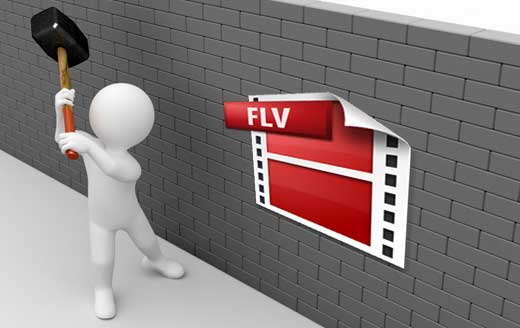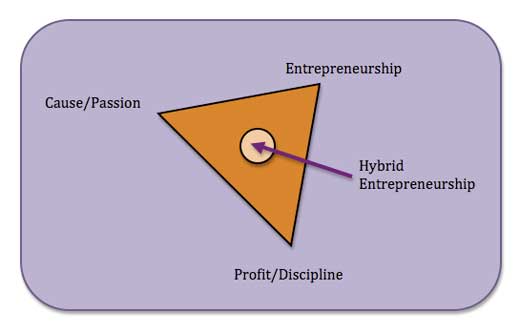So I have been thinking what makes video social? Yes….what makes our video content connect with audiences in a social, fluid environment. Well, it is my opinion that it comes down to technology and content. Seriously, there has to be relevant content that relates to an audience in a way that makes them have the desire to share. Then, once they want to share…it has to be supported by technology that does not prohibit the ability to share.
Recently I have been harping on Flash Video and how it marginalizes certain audiences…and this is all about technology. If I have a device and a friend shares a video with me, I click to watch and cannot view the content because the technology does not support Flash…then the video is not social.
So when I think about the technology aspect of social video, it can be broken into two arenas: enabling the ability to share the video and enabling the ability to search and find the video. But before we get to technology…let’s try to talk about characteristics of social video. So let’s think through this a bit…ways we can make our video content social.
Content:
- The video message has to be compelling.
- The video message has to have an action item.
- The video appeals to our emotions.
- The video message makes us want to share.
Technology:
- The video has to be hosted and compressed so that it plays fluidly in majority of online environments.
- The video player that displays the video is using the latest technology to meet your target audience’s devices needs. If it is HTML5, Flash, Quicktime, or what ever…it needs to be able to reach the largest section of audiences to consume the video content.
- The video content has to be associated with searchable terms. We know what it means to make our webpages rich with searchable words…but now our video has to SEO rich. So whereever it is hosted, it must support searchable tags and video descriptions.
- The video content must have a permalink to link directly to that video. You do want people to share your video, so it must have a link to post on social sites and email for reference.
- The video content must have rich embed options. You want the masses have the ability to embed your video into your blogs, websites, and other online media outlets.
- The video content needs to have the ability to have a title that is associated with the video. Places like YouTube and Vimeo provide that option to make the content searchable.
Let me give you two examples:
1) IT-oLogy Open House:
I worked on a project a few months ago with the sole purpose of telling the story of a new brand at an open-house. IT-oLogy was formerly the Consortium for Enterprise Systems Management. They were launching their new brand at the open house for their new building. So we produced a video that had all their partners and supporting agencies describing IT-oLogy in their own terms. We made the video fun, goofy, yet appealing to the 250 plus people that would attend.
When I showed up to make it play on their new big screen, the people were still installing the technology that supported video playback. So…we uploaded it to YouTube in full 1080p and played it on a big 50 foot screen from YouTube. They had the bandwidth to support the higher quality and it played well. When we uploaded it to YouTube…we made sure we named it properly, gave a rich description, and implemented logical tags. When people left, they wanted to go find the video. Why…because it was cool plus most of the people in the room knew the people in the video and wanted to share with their co-workers. They were able to embed in their blogs, email the YouTube link to their friends, share it on social outlets. A quality message maximizing technology to enable sharing.
2) My Class at Clemson
I was putting together a presentation about finding your passion. I found this great video called “Where good ideas come from.” I wanted to share it with my class during my afternoon session. I like to use my business Facebook page as a place to save cool links that I might want to comeback to later. So I posted the YouTube link to my Facebook page with a description of it’s intended purpose. So when I got to class, I pulled up the video from my Facebook page and played it for the class and they loved it. Afterwards, I noticed that a conversation started happening on Facebook under the link I posted.
The conversation was around entrepreneurship and where great ideas come from. People from the academic world, business world, entrepreneurs, etc. were commenting and discussion the underlying theme behind the video. At the same time, before I could email the link to my students, one of them posted the link to their Facebook page thanking me for sharing in class. That means that they were able to do a Google search for the video, find it, grab the link from the video, and share with her friends. Steven Johnson was the speaker in this video and a group called RSA Animate produced the visuals. These people not only inspired me to share with my friends, students, and colleagues….but they also inspired and enabled others to share. The content was engaging and inspiring and the technology was seamless to enable the ability to share.
What are your thoughts? How are you using video socially?









